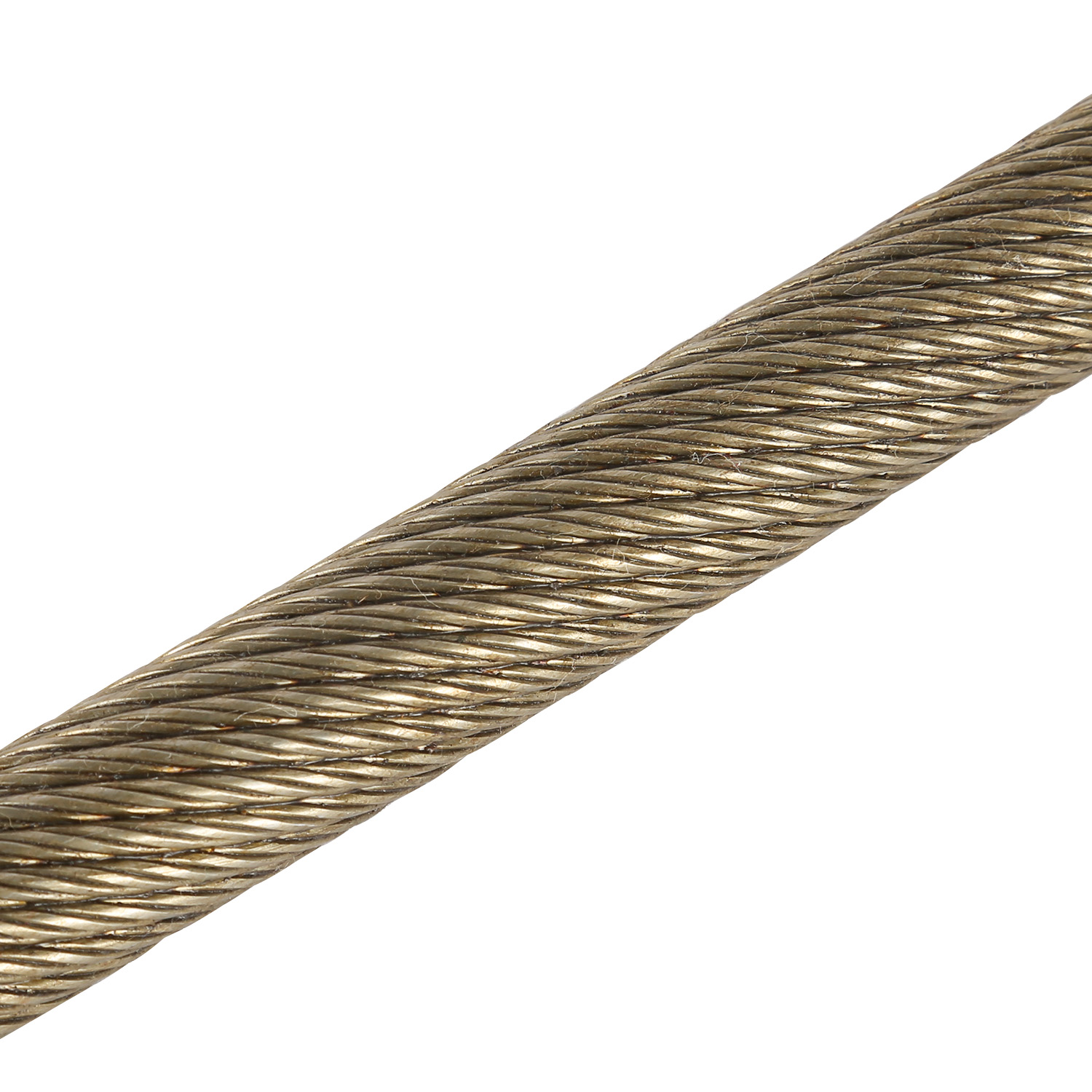Table of Contents
Importance of Design Factors in Wire Rope Design
Wire rope is a critical component in many industries, including construction, mining, and transportation. It is used for lifting heavy loads, securing structures, and providing support in various applications. The design of wire rope plays a crucial role in its performance and Safety. One key aspect of wire rope design is the design factor.
The design factor is a ratio that represents the safety margin of a wire rope. It is calculated by dividing the breaking strength of the wire rope by the maximum working load it is expected to carry. For example, if a wire rope has a breaking strength of 10,000 pounds and is expected to carry a maximum working load of 2,000 pounds, the design factor would be 5 (10,000/2,000=5).
Design factors are essential in wire rope design because they ensure that the wire rope can safely handle the loads it is subjected to. A higher design factor indicates a greater safety margin, while a lower design factor means the wire rope is operating closer to its breaking strength. It is crucial to select the appropriate design factor based on the application and the level of risk involved.
In industries where safety is paramount, such as construction and mining, a higher design factor is typically used to minimize the risk of accidents and equipment failure. On the other hand, in less critical applications, a lower design factor may be acceptable to reduce costs and increase efficiency. However, it is essential to strike a balance between safety and cost-effectiveness when determining the design factor for a wire rope.
When designing wire rope systems, engineers must consider various factors that can affect the performance and safety of the wire rope. These factors include the type of material used, the construction of the wire rope, the diameter and length of the rope, the type of load it will be subjected to, and environmental conditions such as temperature and humidity. All these factors must be taken into account to ensure that the wire rope meets the required safety standards and performance criteria.

In addition to the design factor, engineers must also consider other factors such as fatigue, abrasion, corrosion, and bending stress when designing wire rope systems. These factors can affect the lifespan and performance of the wire rope and must be carefully evaluated to prevent premature failure and accidents.
Proper maintenance and inspection of wire rope systems are also essential to ensure their safe operation. Regular inspections can help identify potential issues such as wear and tear, corrosion, and deformation that can compromise the integrity of the wire rope. By addressing these issues promptly, engineers can prevent accidents and ensure the longevity of the wire rope system.
In conclusion, the design factor is a critical aspect of wire rope design that determines its safety and performance. Engineers must carefully consider various factors such as material, construction, load, and environmental conditions when designing wire rope systems to ensure their safe operation. By selecting the appropriate design factor and conducting regular maintenance and inspections, engineers can prevent accidents and ensure the reliability of wire rope systems in various industries.

